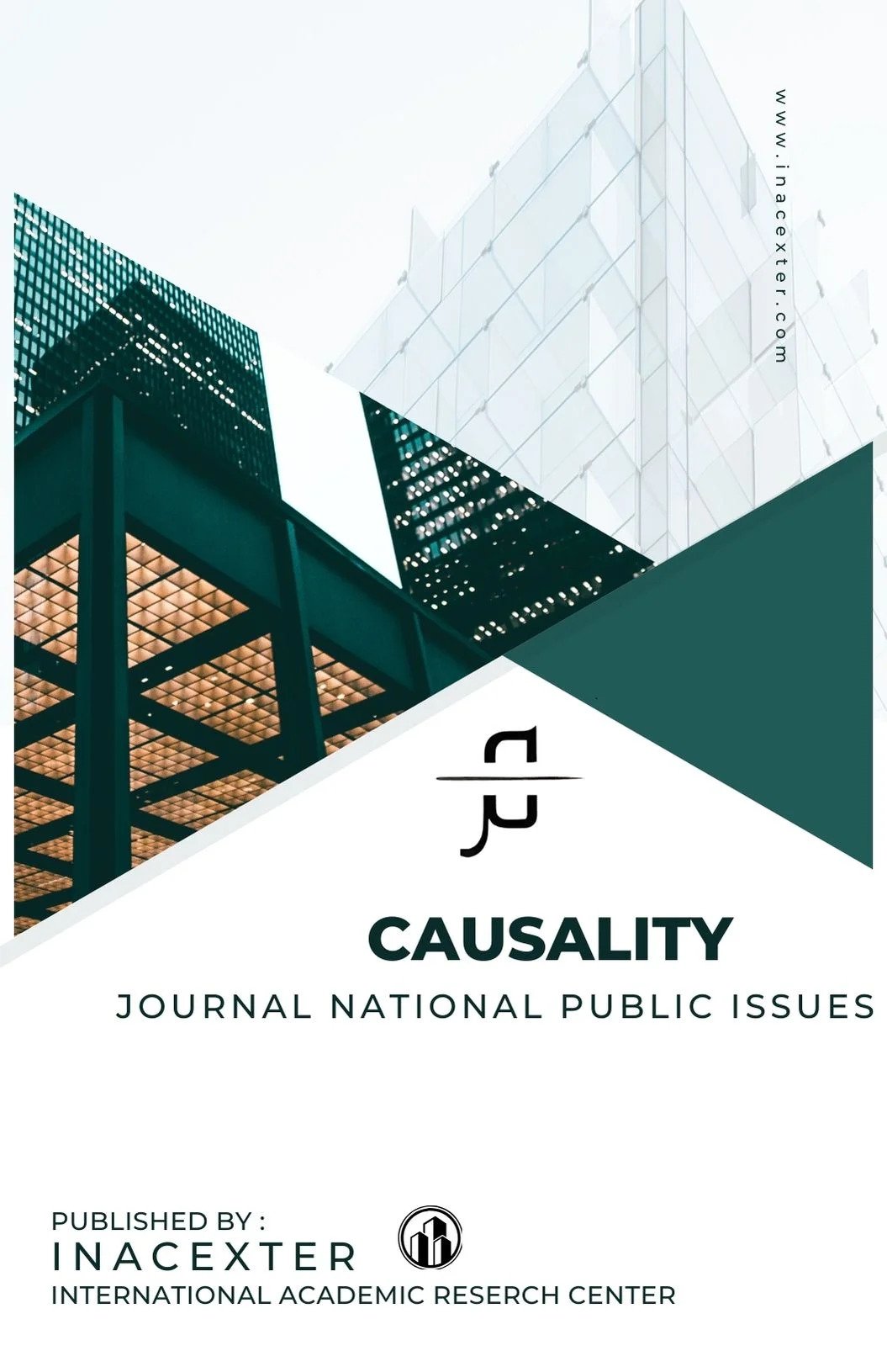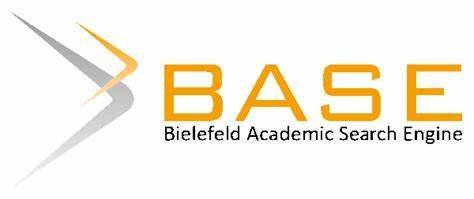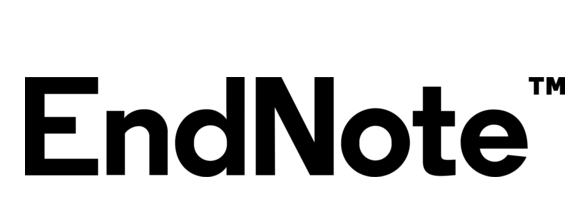Closed Bureaucratic Systems as a Governance Mechanism to Reduce Corruption-Prone Practices in Public Institution
DOI:
https://doi.org/10.65049/gb17gr24Keywords:
Corruption, Closed Bureaucratic System, Government InstitutionsAbstract
Corruption remains a complex structural challenge in public administration, with profound implications for political stability, economic growth, and the legitimacy of state institutions. One strategic approach identified to mitigate the potential for corrupt practices is the implementation of a Closed Bureaucratic System, an administrative governance model grounded in stringent internal controls, restricted decision-making access, and multi-layered oversight in accordance with the principles of Good Governance. This study employs a literature review methodology, examining both primary and secondary scholarly sources, including journal articles, monographs, policy reports, and relevant official documents. A qualitative analysis was conducted to identify the conceptual foundations, evaluate implementation practices, and synthesize the enabling and constraining factors influencing the system’s effectiveness. The findings indicate that the Closed Bureaucratic System can enhance bureaucratic integrity through structured audit mechanisms, formal documentation systems, and the application of information technology–based administrative procedures that minimize direct interactions between officials and service applicants. Key enabling factors include the availability of technological infrastructure, robust anti-corruption policies, and sustained capacity-building programs aimed at strengthening the competence and integrity of civil servants. Nonetheless, internal resistance to change, resource constraints, and inconsistent law enforcement were identified as significant obstacles. Overall, the Closed Bureaucratic System demonstrates substantial potential to reinforce transparency, accountability, and integrity in public administration, thereby contributing to the restoration of public trust and the attainment of sustainable development objectives.
Downloads
References
Asma Latifa, A. F. (2024). Penerapan Hukum Administrasi Negara dalam Membangun Pemerintahan yang Baik. Jurnal Pyloscopia Volume 1 Nomor 3, 1.
Cahyani, R. R. (2023). Analisis Peran Hukum Administrasi Negara Terhadap Upaya Pencegahan Praktik Korupsi dalam Pemerintahan . Jurnal JURRISH Volume 2 Nomor 1, 1.
Fatkhuri. (2017). Korupsi dalam Birokrasi dan Strategi Penegahannya. Jurnal Ilmiah Manahemen Publik dan Kebijakan Sosial Volume 1 Nomor 2, 65.
Haning, M. T. (2018). Reformasi Birokrasi di Indonesia: Tinjauan Dari Perspektif Administrasi Publik. Jurnal Analisi Kebijakan dan Pelayanan Publik .
Henriyani, E. (2021). Penguatan Etika dan Integritas Aparatur dalam Mencegah Penyakit Birokrasi. Jurnal Ilmiah Ilmu Administrasi Negara Volume 8 Nomor 3 , 1.
I Made Darsana, G. T. (2024). Pendidikan Karakter dan Anti Korupsi. Bali: Manifess Media.
Jesaja, I. S. (2022). Analisis Perilaku Korupsi Aparatur Pemerintah di Indonesia (Studi pada Pengelolaan Bantuan Sosial di Era Pandemi Covid 19). Jurnal Media Birokrasi Volume 4 Nomor 2, 36.
Linda, N. R. (2022). Korupsi di Indonesia: Tantangan Perubahan Sosial. Jurnal Antikorupsi Volume 8 Nomor 1.
M.Hadjon, P. (2019). Pengantar Hukum Administrasi Indonesia. Yogyakarta: Gadjah Mada University Press.
Mulyaningsih, L. S. (2023). Reformasi Birokrasi (Reposisi dan Penerapan E-Government). Jurnal JMB Media Birokrasi, Volume 5 Nomor 1, 46.
Novianti, L. (2025). Peran Etika dalam Menjaga Keadilan dan Transparansi pada Proses Arbitrase. Jurnal Arbitrase Indonesia Volume 1 Nomo1 1, 1-10.
Prasetyo, D. R. (2025). Implementasi Sistem Informasi Pajak Daerah (SIPD) dan Pengaruhnya Terhadap Transparansi dan Akuntabilitas Pengelolaan Keuangan Daerah. Jurnal Judge, 4(1), 55-56.
Pulungan, A. Z. (2020). Pelayanan Publik dalam Kajian Hukum Administrasi Negara dan Hak Asasi Manusia. Law Jurnal Volume 1 Nomor 1, 1.
Rahman, H. (2022). Reformasi Birokrasi: Korupsi dalam Birokrasi Indonesia. Jurnal Ilmiah Administrasi Pemerintahan Daerah, Volume 14 Nomor 1, 142.
Rahman, H. (2022). Reformasi Birokrasi: Korupsi dalam Birokrasi Indonesia. Jurnal Ilmiah Administrasi Pemerintahan Daerah Volume 14 Nomor 1, 1.
Risma, M. R. (2025). Peran Sistem Pengendalian Internal dalam Meningkatkan Transparansi dan Akuntabilitas Keuangan di Kota Medan. JLEB: Journal of Law, Education and Business, 3(2), 45–57.
Sabrina, A. (2021). Analisis Penggunaan Media Audio Visual Pada Pembelajaran Ilmu Pengetahuan Sosial untuk Meningkatkan Hasil Belajar Siswa di Kelas IV Sekolah Dasar (Studi Literatur) Universitas Pendidikan Indonesia. Bandung: Universitas Pendidikan Indonesia.
Setiawan, R. K. (2025). Integrasi Audit Trail dan Pengendalian Internal Terhadap Loyalitas Anggota Koperasi. Jurnal Ilmu Ekonomi & Manajemen, 7(1), 115-127.
Sitna, J. G. (2025). Akuntabilitas Pelayanan Publik dalam Sistem Perizinan Surabaya Single Window (SSW). JIAN: Jurnal Ilmu Administrasi Negara, 12(1), 88-100.
Downloads
Published
Issue
Section
License
Copyright (c) 2025 Ayi Sofyan, Mustopa Mustopa, Didah Durrotun Naafisah (Author)

This work is licensed under a Creative Commons Attribution-ShareAlike 4.0 International License.















